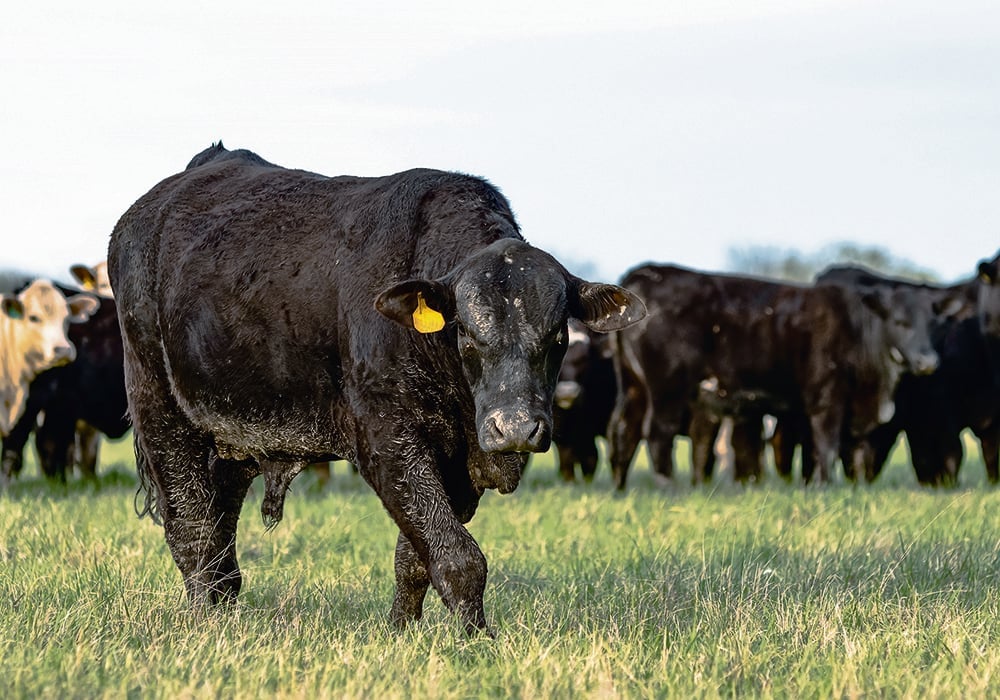Castrating bull calves is one elective procedure that poses risks, whether done on our own or with a veterinarian.
There are also animal welfare concerns and decisions to be made about when painkillers, such as NSAIDs, should be used.
Documentation shows younger calves experience less stress than older calves, so banding calves at birth or castration using a band or knife on slightly older calves is preferred.
Burdizzoes are seldom used anymore.
The only issue with banding is in cases where one testicle is left retained, which is a huge complication in modern day feedlots.
Read Also

Beef cattle more prone to trace mineral deficiencies
The trace mineral status of our cows and calves is a significant challenge for western Canadian producers and veterinarians.
I have done an article on these so-called belly nuts. They require a trained technique to get them out in a safe manner.
I want to compare the various techniques with their pros and cons when doing older bull calves. This we primarily see in purebred herds when bull calves are culled at varying times in their age and growth phases.
This is often at weaning or after they have been on feed and because of less growth, temperament, scrotal size, conformation, lameness or other reasons, the owner knows they will not make a suitable breeding bull.
Most purebred breeders cull 25 to 35 percent of their bulls.
So what castration technique is best for these larger calves, many of which have good testicle development and are six to 11 months of age?
Older bulls culled after semen checking are generally sold intact to local markets because the stress and risk for bulls this old are substantial.
The large callicrate bands can be used and there is no question producers can be trained well in their use. You will not have any blood loss with this method. It is also a bit quicker than surgical castration and there are no open wounds.
The negatives are the cost of the bands and the fact that a tetanus vaccine must be given before and at the time of banding if no previous tetanus vaccine was given.
Tetanus is super prevalent in banding calves and cases usually become clinical just as the scrotum is sloughing off. They have always been fatal in my experience.
There is often an odour from the large-testicled bulls as this sloughing off of the scrotum happens.
One often uses NSAIDs at the time of banding as per the beef code of practice recommendations.
The beef code states that competent personnel are needed to do the procedure in consultation with a veterinarian. Use painkillers if bulls are older than six months.
Today, virtually all calves that are castrated when older than a few days are given painkillers. The painkiller Oral Meloxicam provides for use during castrations on its label.
The castration technique varies for larger and older bull calves, from knife castration and “pulling the vessels.”
Some veterinarians will tie the vas deferens and the vessels similar to the way they do tom cats at the clinic. Others use emasculators or clamp and tie the vessels. Either a scalpel is used as the knife or a Newberry knife.
All these methods require skill on the part of the operator and blood loss can still occur with large scrotums full of blood, which occasionally can cause a calf to bleed to death.
Some veterinarians use an epidural or block the spinal cord with lidocaine to take away pain. I don’t think antibiotics are necessary if the job is properly done.
A surgical technique that eliminates the worry of bleeding involves using the Stone Henderson castration tool. This clamps onto the vessels and cord in which just the scrotal skin is cut.
In the veterinary field, we call this a closed castration.
The instrument is put on a drill and it twists off the cord until it breaks. There is very little bleeding and swelling is reduced. You or your veterinarian would use whatever painkiller treatments are used for knife castration.
One has to watch when twisting off the cord to not wrap scrotal hair up the cord and end up with an infection.
If anyone has interest in this technique look up Stone Henderson castration tool on the internet.
An experienced person could even use a combination of a pulling technique on the smaller bull calves and this twisting off technique on the bigger bulls.
Castration is stressful but less so for the calf if it is carried out at birth or shortly thereafter.
Beef calf castration time is also a good opportunity to use hormone implants to improve weight gains when the lost hormones from castration are replaced.















